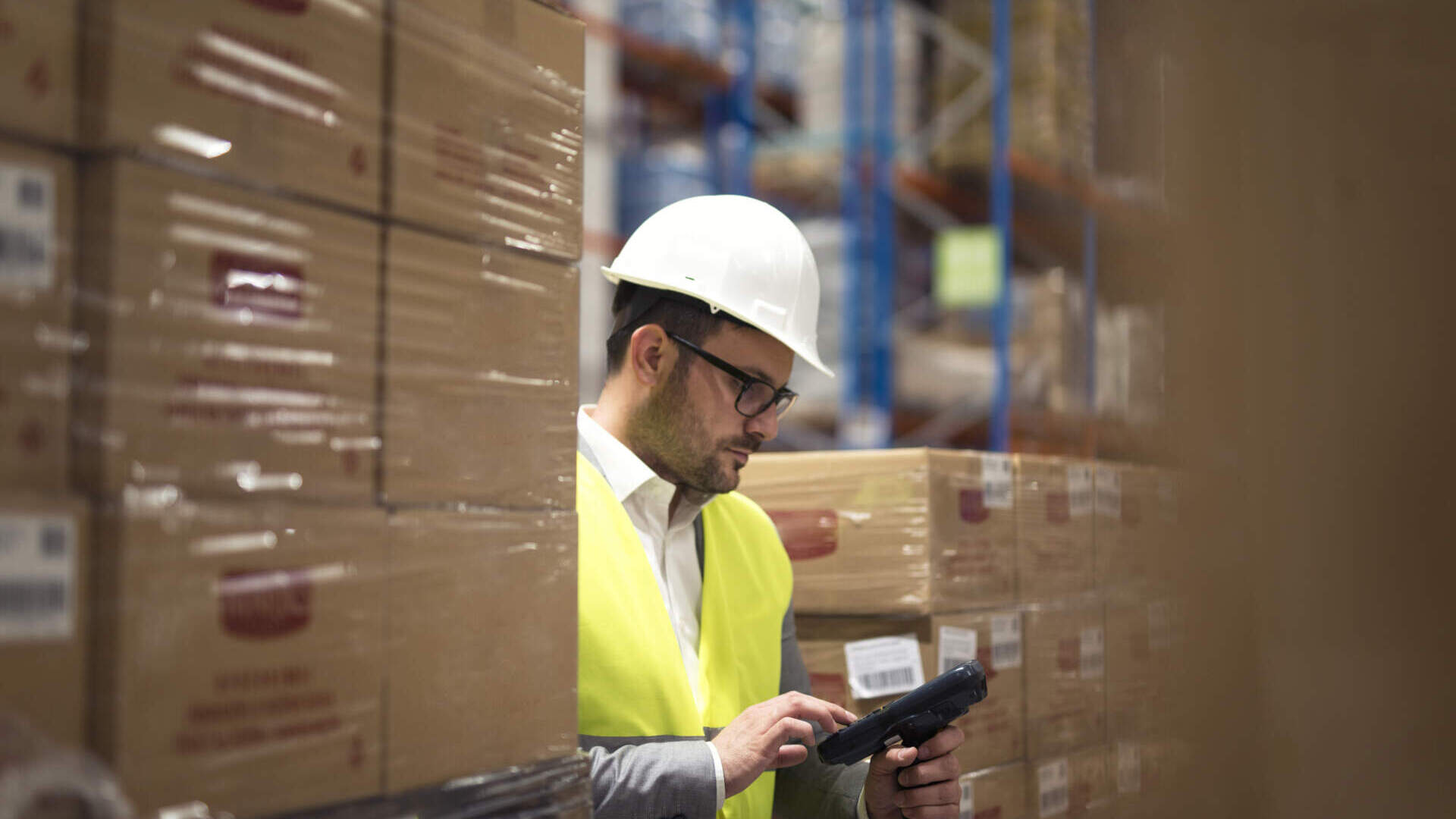
With an uptake of Environmental, Social, Governance (ESG) oriented investment on the rise, it was only a matter of time before the eyes of environmentally friendly investors and consumers fell upon the supply chain.
There is now more pressure than ever to overhaul one’s supply chain to meet environmental standards. For just about every link in the supply chain, this sounds like a painful and difficult endeavour.
But making the strategic switch to green could pay dividends.
What is a Sustainable Supply Chain?
A sustainable supply chain is one which minimizes its negative impact on the environment, communities, and societies it engages.
Through the implementation of both better policies (fair wages, employee health and safety standards, diverse leadership) and greener technology (lowering carbon emissions and safe disposal of byproducts or unsold goods), a sustainable supply chain is meant to make the world a better place.
This may sound hopeless. Supply chains have functioned with huge diesel trucks and leaking container ships and derailing trains since globalization truly began. Manufacturers have been taking advantage of cheaper labour in other countries for at least several decades. Why change now?
Because it is time to embrace a sustainable supply chain. It is not only the moral thing to do but the business decision that keeps you at the front of the pack. According to Consulting.us,1 Greenbiz,2 Proxima Group3, and other industry thinkers, investors take supply chain sustainability very seriously.
If you want to cash in, you’ll need to shape up.
Sustainable Supply Chain Investment
According to a recent Proxima report, “85% of investment managers believe that businesses who do not implement supply chain sustainability initiatives will see share prices fall.” Proxima also notes that “84% [of investment managers] also state that issues with supply chain sustainability and ESG standards are a risk to their investments.”3
This is driven in part by a consumer-level desire to embrace more sustainable lifestyles. The MIT Sloan School of Management found that consumers are willing to pay between 2% and 10% more for products manufactured and sold by companies embracing greater supply chain transparency.4 Consumers want to know where their goods are coming from and they will change their buying habits if unsatisfied by a given manufacturer’s social responsibility and sustainability (or lack thereof).
In fact, SupplyChainBrain reported that “today, 84% of consumers will spend more on a product or service purchased from a sustainable brand. Further, a staggering 61% of consumers would rather wait longer for the delivery of their product than pay the environmental cost of overnight shipping and same-day delivery.”5
The archetypal selfish, demanding consumer does still exist, to be sure. But increasingly, consumers are choosing to support sustainable companies even at greater cost and inconvenience to themselves. The result? Those companies that don’t adapt may starve.
Therefore, while it may be painful to transform one’s supply chain—especially one well set in its ways—into a sustainable new model, it may actually be one of the only ways to ensure long-term value in a product and in a company.
How to Embrace Sustainable Supply Chains
How a given company approaches creating a sustainable supply chain is entirely unique, but the underlying principles are simple. The supply chain should, at minimum, not harm but, ideally, contribute to healthy ecosystems, healthy labour practices, and strengthening communities.
In nuts and bolts terms, companies should find new ways to reduce or eliminate waste. They should find ways to eliminate the use of plastics in the supply chain. And they should investigate ways to embrace a completely circular economy, wherein the responsible disposal of goods facilitates the creation of a new product.
In fairness, this is easier said than done—in no small part because companies may actually have very little visibility into their own supply chains.
Natasha Pergl, Global Circular Economy Lead at SAP wrote for Forbes that, “[A recent survey] shows that when it comes to sustainable sourcing of necessary raw materials, just over half (53%) of consumer products companies have significant or complete visibility into their own processes, and only about one-fifth (21%) have the same visibility into their suppliers’ processes.
When it comes to the ethical sourcing of necessary labor, less than half (49%) have significant or complete visibility into their own processes, and just 14% have the same level of visibility into their suppliers’ processes.”6
So the question of building sustainability into the supply chain must be preceded by an answer to this industry-wide opaqueness.
As the Harvard Business Review points out, supply chains were not designed to be transparent—they were designed to be efficient. As long as the work is getting done, as long as the quotas are hit and shipments arrive on time, who cares about the wages paid to labourers offshore?7
(As mentioned above, consumers and investors do!)
So supply chain professionals face a real challenge—but it’s one they have to face soon. The next generation of supply chains must be sustainable and we must start tackling this problem today.
There’s no time to waste and those who don’t adapt will be left behind.
